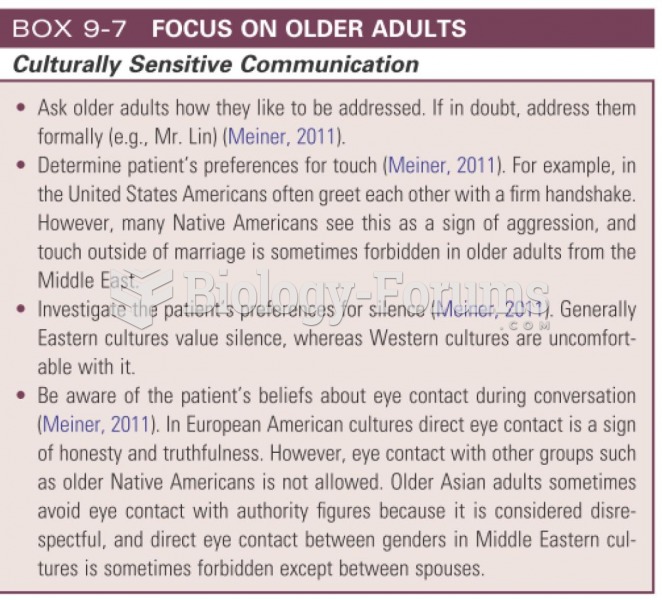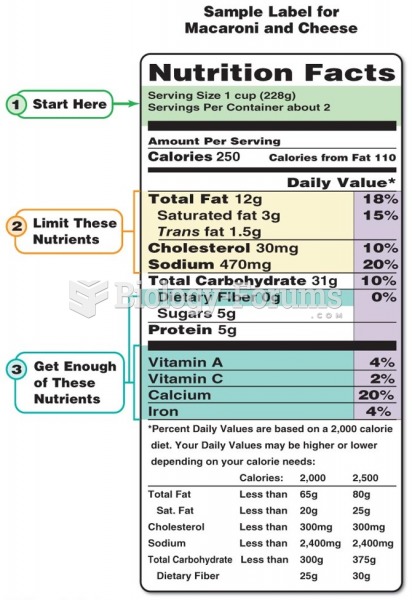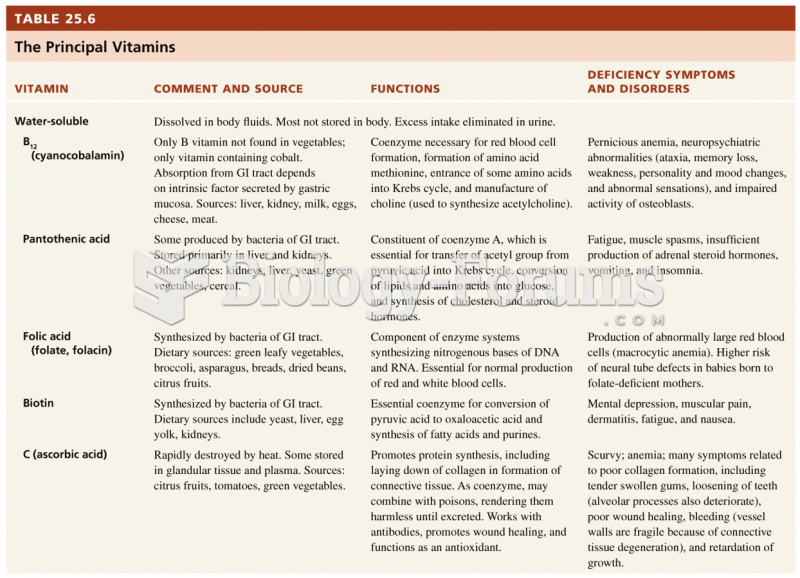Answer to Question 1
Weight loss/physical activity
Reduced consumption of simple sugars and refined carbohydrates
Increased omega-3 fatty acid consumption
Vitamin E supplementation - 800 IU/day
Increasing consumption of fruits, vegetables, and whole-grains to increase fiber and anti-oxidant consumption (fruits/vegetables)
Introduce considering the Mediterranean diet
Alcohol avoidance
Answer to Question 2
To promote and support healthful eating patterns, emphasizing a variety of
nutrient dense foods in appropriate portion sizes, in order to improve overall
health and specifically to:
Attain individualized glycemic, blood pressure, and lipid goals. General
recommended goals from the American Diabetes Association for these markers are as follows:
A1C ,<7.
Blood pressure ,<140>LDL cholesterol ,<100 mg>40
mg/dL for men; HDL cholesterol >50 mg/dL for women.
Achieve and maintain body weight goals.
Delay or prevent complications of diabetes.
Evidence suggests that there is not an ideal percentage of calories from carbohydrate,
protein, and fat for all people with diabetes ; therefore, macronutrient distribution
should be based on individualized assessment of current eating patterns,
preferences, and metabolic goals.
A variety of eating patterns (combinations of different foods or food groups) are
acceptable for the management of diabetes. Personal preferences (e.g., tradition,
culture, religion, health beliefs and goals, economics) and metabolic goals should be
considered when recommending one eating pattern over another.
Evidence is inconclusive for an ideal amount of carbohydrate intake for people with
diabetes. Therefore, collaborative goals should be developed with the individual
with diabetes. The amount of carbohydrates and available insulin may be the most important factor
influencing glycemic response after eating and should be considered when
developing the eating plan.Monitoring carbohydrate intake, whether by carbohydrate counting or experiencebased
estimation remains a key strategy in achieving glycemic control.For good health, carbohydrate intake from vegetables, fruits, whole grains, legumes,and dairy products should be advised over intake from other carbohydrate sources,
especially those that contain added fats, sugars, or sodium.
(Evert AB et al. Nutrition Therapy Recommendations for the Management of Adults with Diabetes. Diabetes Care. 2014; 37S;S120-S143.)







